
![]()
Photographs of patterns in nature compel, soothe and mystify. Well-executed, they capture our attention. They trap our gaze, like Escher does, in endless loops. Examples are everywhere: bird flocks, butterfly wings, fish scales, animal hides, beach pebbles, snowflakes, bubbles in ice, gnarled wood, smoky hills, lichen close-ups. Armed with a telephoto or a macro lens, an investigative photographer can find art and challenge in natures’s panoply of pattern.
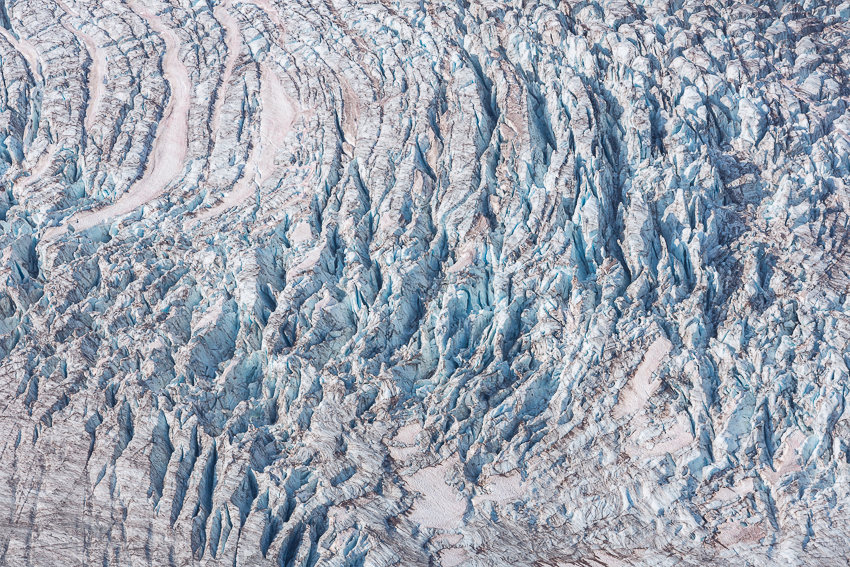
![]()
Patterns can be defined as repetition, most often of shape, sometime line or texture, large and small. A good pattern shot forces the eye to stay on the page, like leaves that arrange themselves in spirals. Or monkeyflowers where the eye moves in a circle, returning to the start and then moving around again. Sometimes color can distracts, and a move to black-and-white presents a pattern in purity.
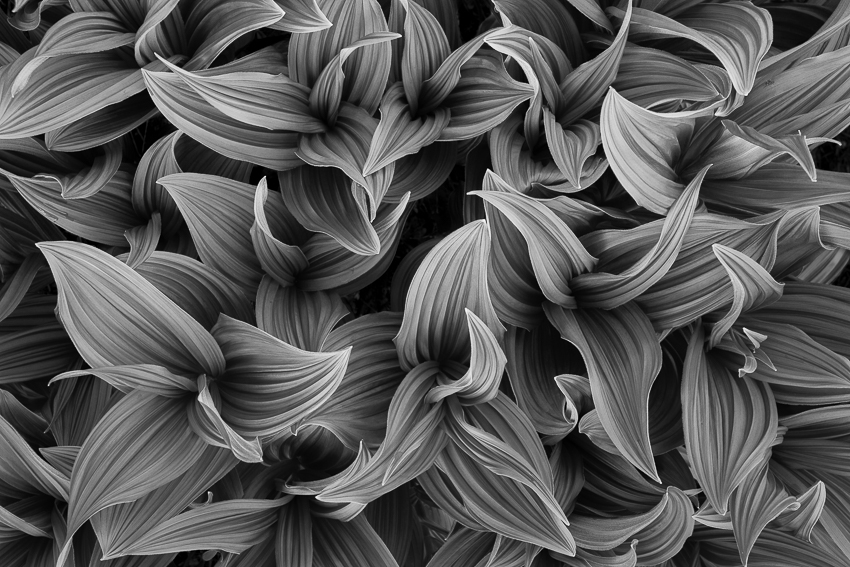
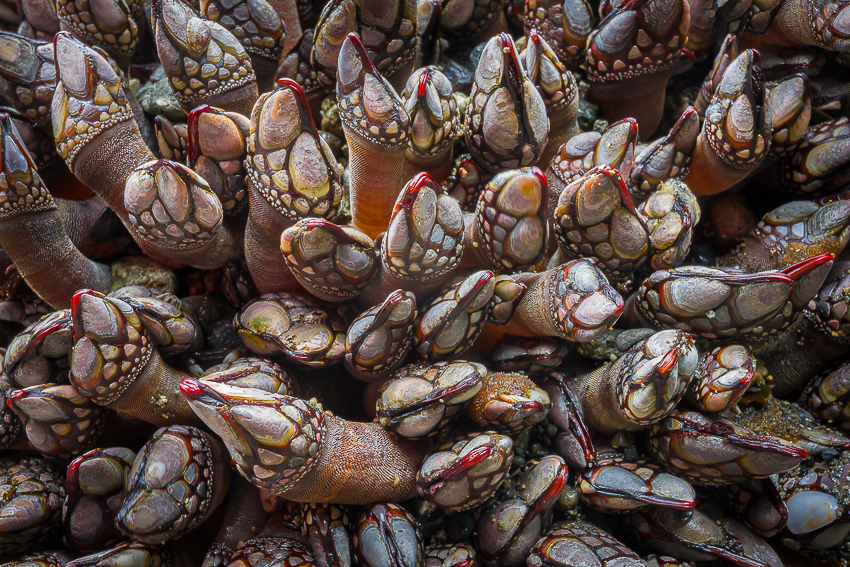
Wildlife patterns can add dynamism, like an image of snow geese in flight. Or add dynamism with a pattern break: a yellow tulip in a sea of reds, a zebra among wildebeest, a heron among egrets.
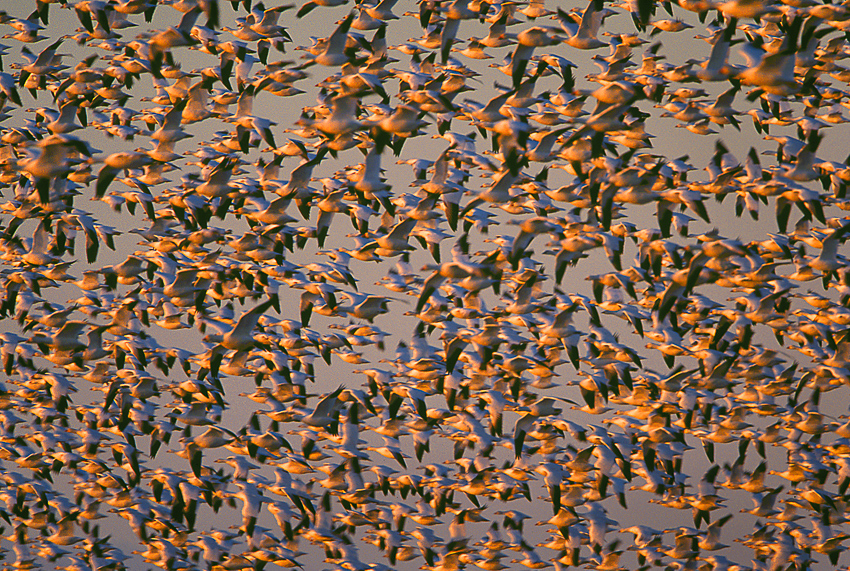
![]()
Although a telephoto or macro lens are most useful, sometimes wide-angle works as well, often when shooting straight down from a tripod, or up at a cloud-strewn sky. The telephoto extracts shapes and textures from larger context to make patterns that surprise. The macro lens does likewise, but on a tiny scale.
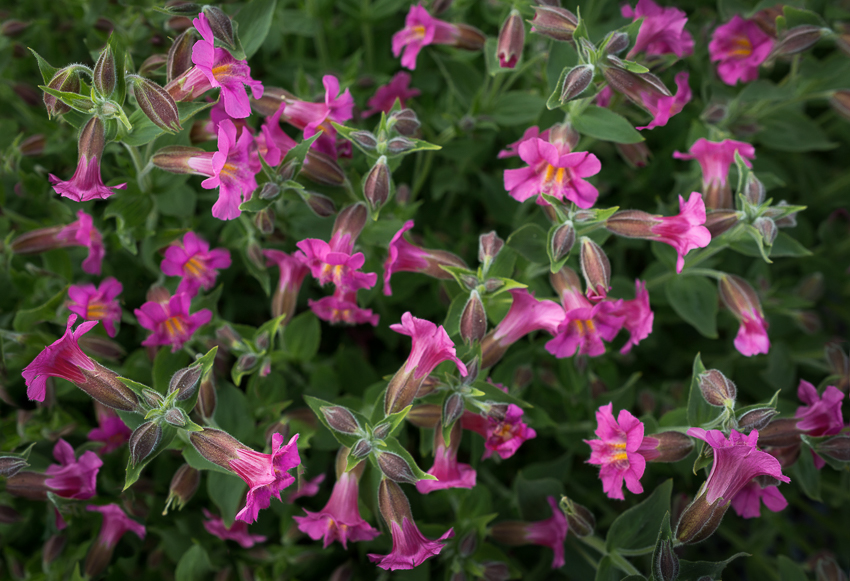
![]()
Post processing tools aid the adventure. Instead of shooting at f/22, a focus stack can improve resolution (or reduce busy backgrounds). Creative use of Photoshop can clean up distractions, enhance or move elements or add a vignette to direct and capture the eye.
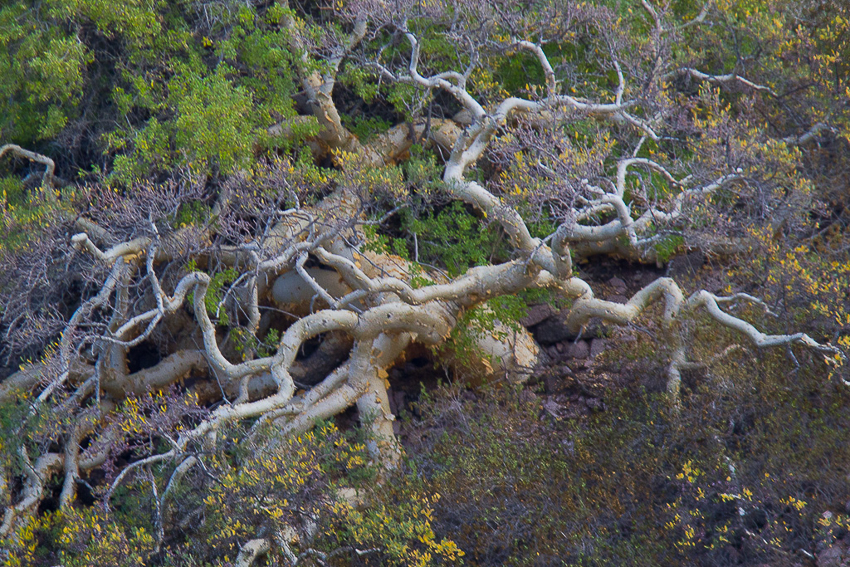
Hope you enjoy the patterns in nature.
Gary